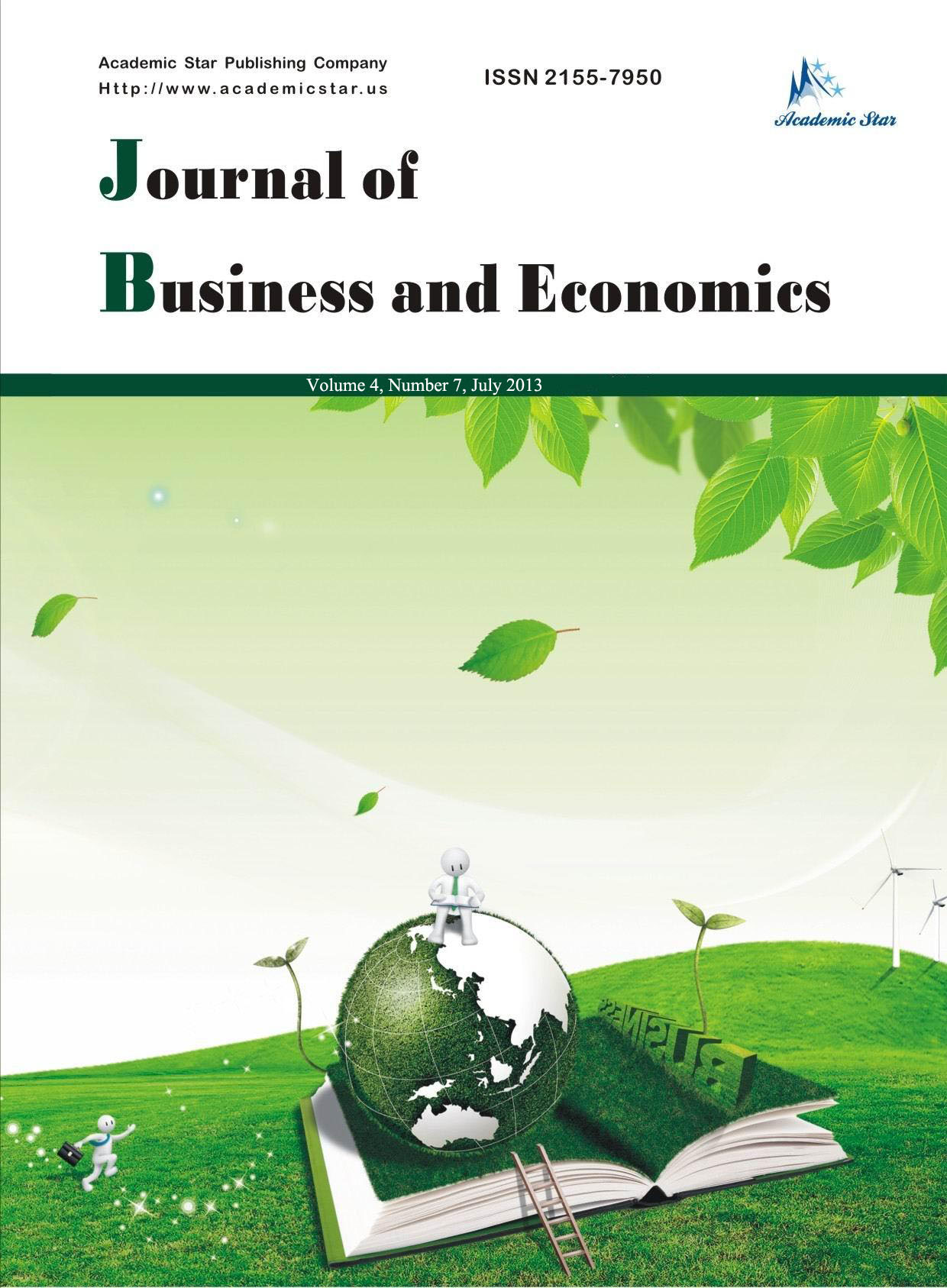Economics

- ISSN: 2155-7950
- Journal of Business and Economics
A Construction of Schoolmate’s Effect Based upon PISA Data
Hans Bay
(The National Research Centre for the Working Environment, Denmark)
Abstract: In 2012, 68 countries or regions participated in The Program for International Student Assessment (PISA). The students got a score in mathematics and an index of economic, social, and cultural status (ESCS). The ESCS index is constructed based upon the student’s answers to a questionnaire. It has been established several times that this index (ESCS) is highly correlated with the mathematics score. The ESCS index has often been used as an individual variable. In this paper variables will be constructed to explain the influence of the schoolmates on the individual student. The hypothesis is that the student’s schoolfellows will have an influence on their test score, not just the single student’s family background in isolation. For each school, an average of the students’ ESCS is calculated as well as the standard deviation. The idea is that the schools’ ESCS can be ranked against each other, as well as the variation within the schools, which will be correlated to the individual PISA score. A model including the student’s gender, migration status, individual ESCS, and the effect of the student’s schoolfellows will be analyzed. The MIXED procedure (from SAS) where the schools are used as the variable is used to analyze the data. The intra class coefficient (ICC) will be evaluated and will be seen as a measure for the schools’ effect corrected for the students’ family background.
Key words: PISA; ESCS; ICC schoolmates’ effect; MIXED models
JEL code: I210






